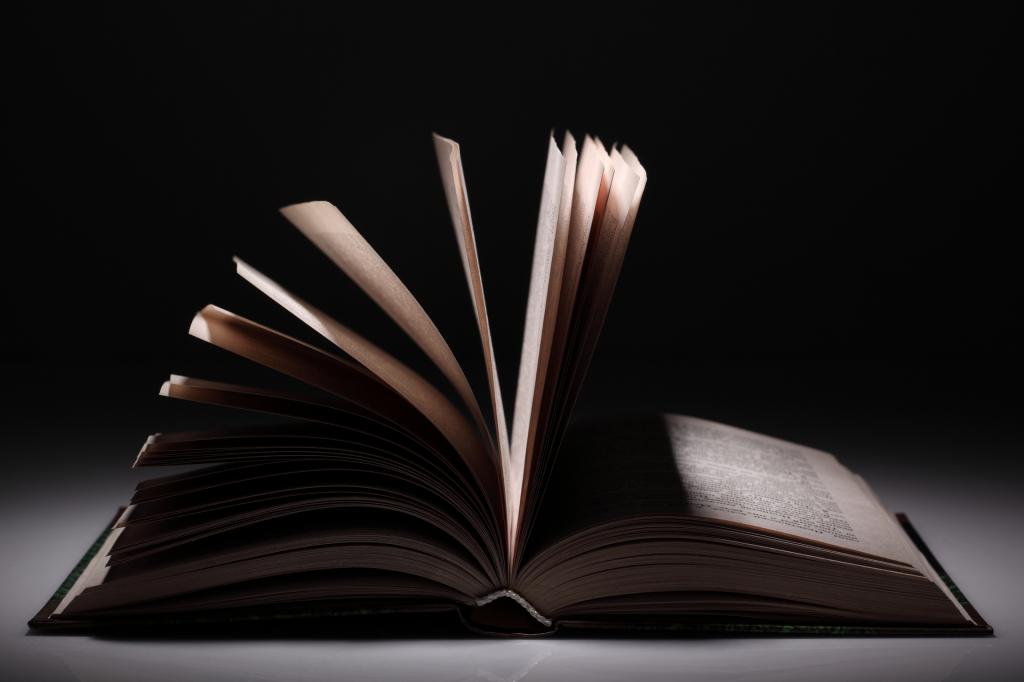Many of us do not even think about how doctors manage to memorize huge lists of drugs. Moreover, experts know everything about each drug: its dosage, chemical composition, principle of action, as well as side effects and contraindications. It turns out that they turn to the state pharmacopoeia for clues, and to be more precise, to numerous reference books, the authors of which draw information from this “bible” of pharmacists and physicians.
What is
Pharmacopoeia is nothing more than a collection of documents that contain information about the quality standards of medicines and used raw materials, auxiliary components, as well as other chemical and organic substances used in medicine today. To establish appropriate standards and give them official status, leading chemical scientists, specialists in the field of pharmaceutical analysis are invited to work on the project, they conduct randomized studies, including double-blind and international control trials. Qualitative testing ensures an objective assessment of all the properties of medicinal materials and preparations based on them.

The value of the document in the production of medicinal products
It is easiest to understand what a pharmacopeia is by the example of a specific medication: the finished product, its release form and pharmacological properties should not contradict any of the current provisions of this document. Accordingly, a decent quality of pharmaceutical products is ensured by the observance of strict rules for its manufacture.
The State Pharmacopoeia is a kind of norm that has legal force in the territory of a certain country, and its observance is guarded by state supervision authorities. Absolutely all recommendations, provisions and requirements present in it are binding on all enterprises whose activities are associated with the production, storage, sale or prescription of drugs. For violation and ignoring the rules contained in the document, an individual or organization faces a criminal penalty under the current law.
Collection Contents
The Pharmacopoeia is a complex that combines not only the nomenclature of active medicinal components, but also recommendations for their production, conservation and prescription. The collection includes a detailed description of various methods of analysis of medicines, including chemical, physical and biological.
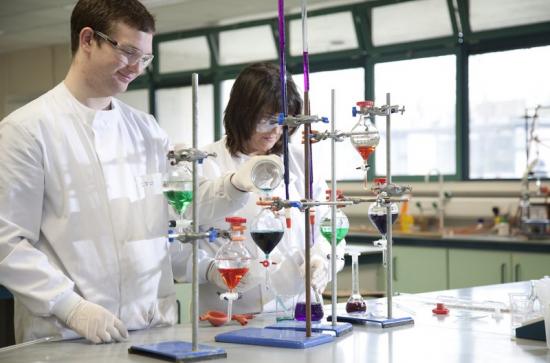
In addition, the pharmacopoeia contains information on reagents and indicators, substances of medicinal plant materials. In most countries, the list of drugs in the pharmacopeia is based on List A (toxic substances) and List B (potent components) compiled by committees of the World Health Organization.
Quality standards for drugs and raw materials
Here we are talking about pharmacopeia articles, which are divided into two groups: some contain information about the raw material base, others - about the finished drug.
The document for each substance is indicated in Russian and Latin, it also indicates the international non-proprietary name. The article may contain the empirical and structural formula of the active substance, its molecular weight and percentage.
In some cases, they describe in detail the appearance of the chemical composition or medicinal plant material, its consistency and quality criteria, the degree of solubility in various liquids, interaction with other pharmacological groups, etc. The conditions for manufacturing the packaging of raw materials are also fixed. The pharmacopeia article must contain recommendations on the storage of the drug and its transportation, the exact expiration date.

In contrast to the detailed description of the substance, the document for the finished pharmacological product, in addition to the above criteria, is supplemented by the results of clinical and laboratory studies, indicating the permissible errors in mass, volume and particle size of the active component. Of particular importance is the determination of the maximum single and daily doses allowed for patients for patients of different ages.
How did the first document appear
The scientific medical and pharmaceutical community thought about compiling a single international list of medicines for the first time at the end of the century before last. Then scientists and practitioners who guard the health of citizens of European countries began to actively work on the development of a standardized nomenclature. Ultimately, the document was supposed to include all preparations known at that time, indicating the appropriate dosage of active and auxiliary substances for each of them.
The creation of the first edition of the International Pharmacopoeia was dedicated to the 1902 Brussels Conference. Having gathered at a round table, experts came to an agreement on the adoption of common names for the medicines used and the form of their prescription in official recipes. A few years later, the agreement was ratified in twenty states. In 1922, the second conference was held in Brussels, which was attended by representatives of research communities from more than 40 countries.

Obtaining official international status
In the same period, the conduct of cases related to the publication and revision of paragraphs of pharmacopoeial articles was transferred to the League of Nations. At the beginning of the 20th century, the compendium included principles for the manufacture of galenic drugs and the dosage of 77 medicines. Another change awaited the Pharmacopoeia in 1937. Experts from France, Great Britain, Belgium, the USA, Switzerland and other states created a corresponding commission. After reviewing the contents of the document, experts considered it obsolete and irrelevant, and therefore decided to expand and give the compendium international status. The long process of modernization of the pharmacopoeial arch was interrupted by the Second World War. Experts returned to work in 1947.
First edition
Pharmacopoeia is a document for interstate and international use. At the moment, the collection, which has been reprinted four times, contains the latest data on medicines around the world. The first publication of the book dates from 1951. The publication was approved at the III WHO World Assembly, at which, incidentally, the apparatus of the Secretariat of the International Pharmacopoeia was established. A few years after the publication of the collection, the second volume was released, which was distinguished by the presence of unprincipled additions in three European languages - English, French, Spanish, and later appeared in Japanese and German.
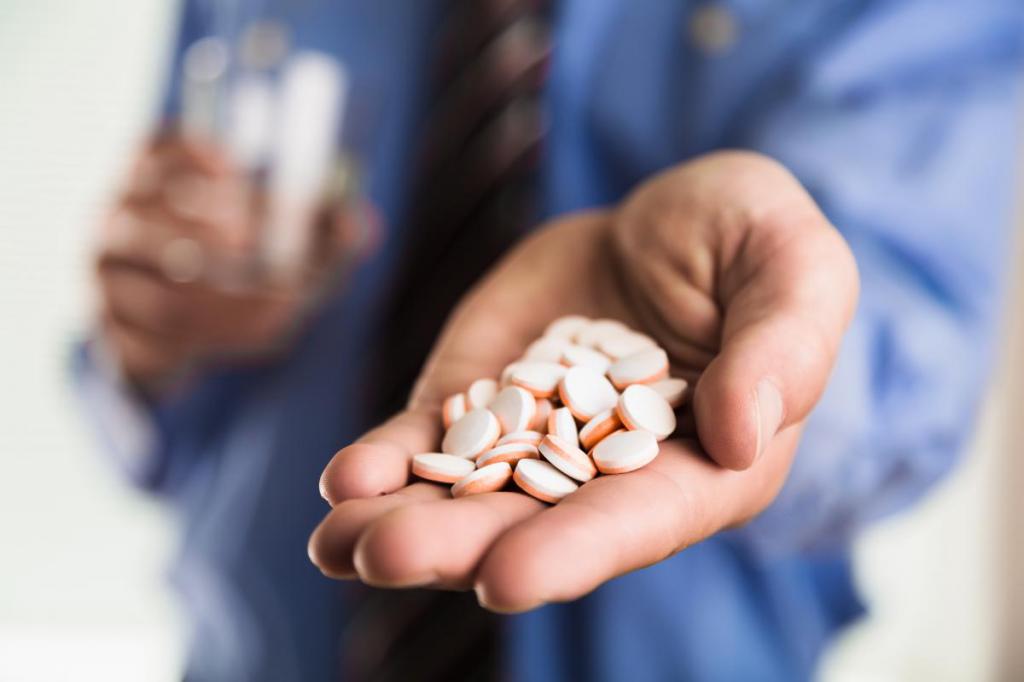
Book's contents
The collection includes:
- 344 items containing a description of medicinal substances;
- 183 provisions determining the dosage of drugs in various forms of release;
- characteristics of 84 clinical laboratory diagnostic methods.
The titles of the articles were published in Latin, since it was Latin that was the same for medical and pharmacological notations. At that time, experts on biological standardization and specialists in infectious diseases were involved in the work.
Despite the fact that the International Pharmacopoeia is not endowed with legal force and is in the nature of recommendations, some states have decided to issue national documents to regulate public law relations related to the manufacture, storage and prescription of medicines. Such books, which indicate the predominant part of the drugs used in the country, are available in most countries of the world.
State Pharmacopoeia of the Russian Federation
The Russian Pharmacopoeia was published much earlier than the international one. The first sample book with a list of medicines was released back in 1778, but from the first to the last chapter it contained information in Latin. After several decades, the Russian-language version also saw the light. This document was the first book of this type, but the development of scientists of that time could not be called official. The State Pharmacopoeia of the 1st edition was released in 1866. Over the entire period of existence, the compendium has been reprinted more than ten times.
During the USSR, in the early 90s, the Pharmacopoeia Committee adopted the 11th edition of the collection, containing updated information on the production, prescription and storage of medicines. With the collapse of the Soviet Union, the functions and responsibilities of the committee fell on the shoulders of the Ministry of Health, the Universal Health Insurance Fund and the Russian Healthcare Supervision Authority. Leading pharmacists and doctors of medical sciences are involved in the work to supplement and reprint the book.
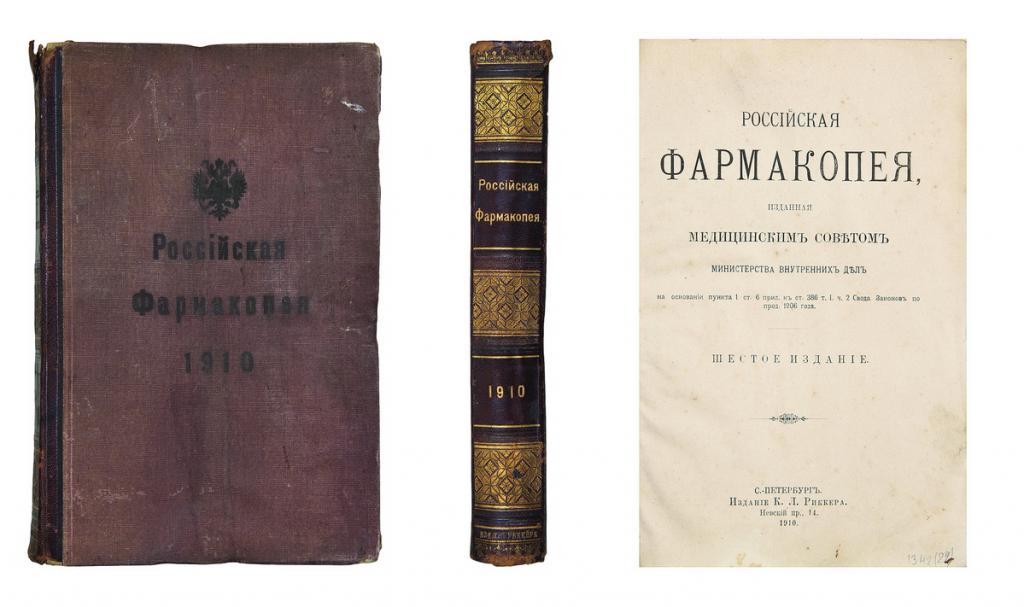
Domestic publications of recent years
During periods of adjustment of pharmacopeia points, the production of medicines in the country was regulated through general pharmacopeia articles. If we compare the 11th and 12th editions, the latter is significantly different from the previous versions. A huge role in the release of this collection was played by the fact that leading Russian pharmacists were involved in the work of the Commission of the European Pharmacopoeia. The compendium consists of five interconnected parts. Each of the elements contains current standards and norms for the manufacture and use of active chemicals and medicinal plant materials. The collection was released in 2009.
Six years later, in 2015, the State Pharmacopoeia of the Russian Federation was again edited. This time, the Ministry of Health refused to replicate the collection for free. First, the electronic publication of the State Pharmacopoeia of the 13th edition appeared on the agency’s website. Later, at a ministerial meeting, it was decided to make a compilation mandatory for pharmacies and wholesale drug organizations. Thus, the release of the pharmacopoeia to the state completely self-sustaining.
European Pharmacopoeia
This document appeared relatively recently. He looks especially young against the background of the State Pharmacopoeia of the Russian Federation. To date, the book is used in most European countries along with an international collection. The use of the European Pharmacopoeia in the manufacturing process of medicines allows the manufacturer to focus on the nuances of medicine in a particular region.
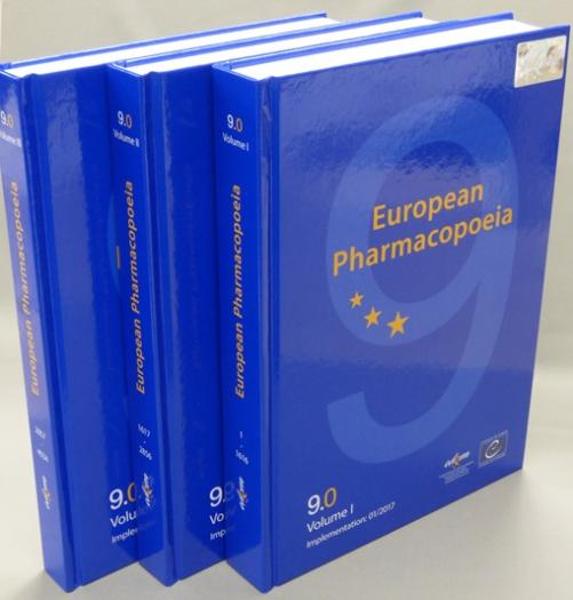
A set of pharmacopeia articles was created by the European Directorate for the Quality of Medicines, which is a member of the Council of Europe. Norms whose official language of publication is French have a special legal status. The book was reprinted several times. The last, sixth, edition was in 2005.
